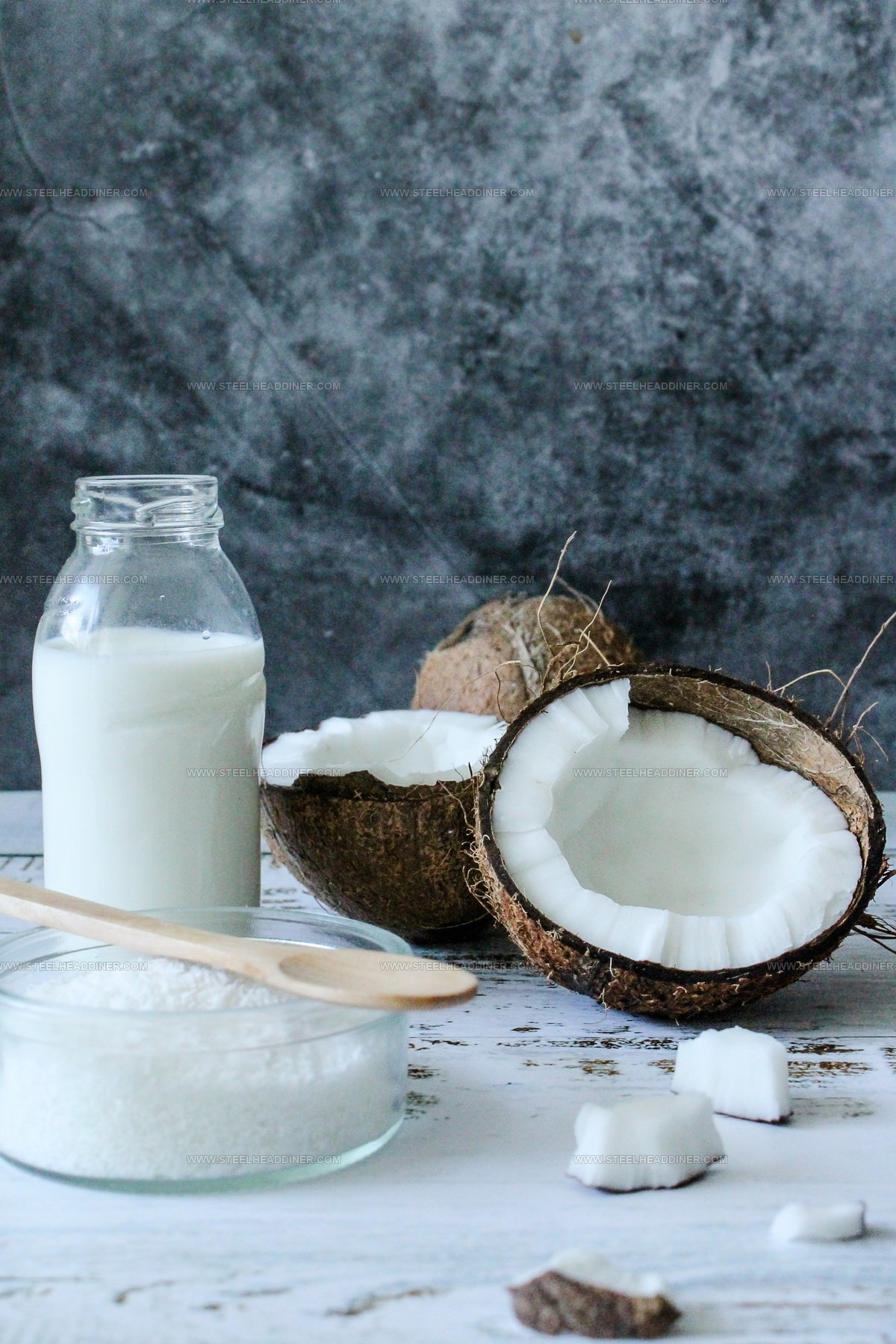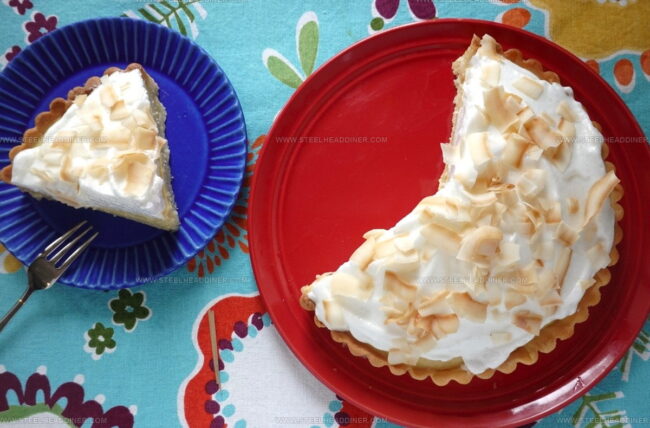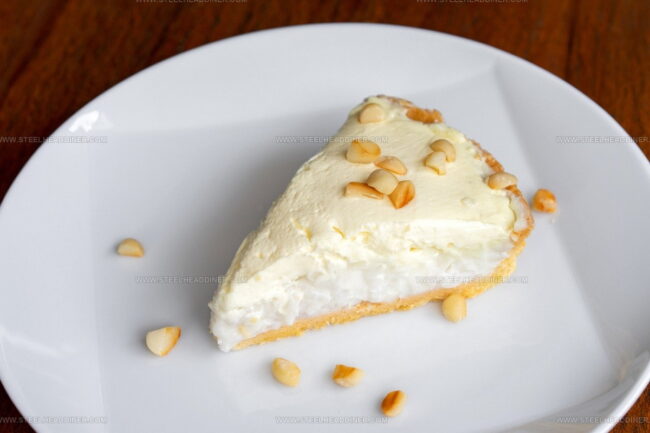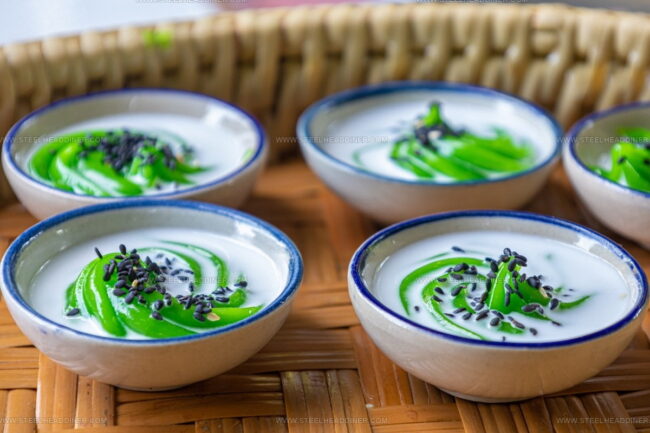4 Coconut Cream in Place of Coconut Milk
Coconut cream offers a rich, thick consistency and intense coconut flavor that’s perfect for curries, desserts, and tropical beverages.
When coconut cream isn’t available, but coconut milk is on hand, it can often serve as a practical substitute with some adjustments.
Coconut milk is thinner and less rich, so reducing other liquids or adding thickening agents may be necessary to mimic the creaminess.
Plant-based creams or blended soaked cashews can also replicate coconut cream’s texture for dairy-free cooking.
Understanding these differences helps maintain the luxurious mouthfeel and tropical taste your recipe requires.
These substitutions allow you to enjoy coconut-infused dishes without compromise, whether for creamy sauces or indulgent sweets.
With the right approach, you can bring the essence of coconut cream to your kitchen any time.
Replacing Coconut Cream for Coconut Milk in Recipes
Creamy consistency is maintained with coconut cream replacements for coconut milk, many blending well in sweet or savory recipes. Each one shifts flavor in subtle ways. Various swaps could be worth trying.
In Soups
Substitution of dairy with coconut milk offers a creamy alternative for those avoiding animal products.
The rich texture makes it perfect for soups and sauces, while its natural fat content enhances flavor in countless recipes.
Many chefs appreciate how the thick coconut cream can be easily diluted with warm water- just mix 1/4 cup cream with 1/2 cup water to create 3/4 cup of homemade coconut milk.
This ratio can be adjusted by adding more water if a thinner consistency is desired for specific dishes.
In Desserts And Pastries
Coconut milk serves as an excellent lactose-free and vegan alternative for creating delicious desserts and pastries, adding essential moisture while binding ingredients together for perfectly tender baked goods.
Many dessert recipes like ice cream or yogurt actually benefit more from coconut cream instead of milk due to its ability to provide better structure and richness.
The thicker consistency of coconut cream allows for simple dilution with water when a lighter texture similar to coconut milk is needed in recipes.
Home bakers can easily mix 1/4 cup of coconut cream with 1/2 cup of water to create a substitute that mimics the consistency of coconut milk perfectly.
In Curries
Coconut cream serves as an excellent substitute for coconut milk in curries, often enhancing flavors as dishes simmer and develop.
Many curry recipes actually benefit from the thicker consistency that coconut cream provides, making it perfect for vegetable or chickpea varieties where richness is desired.
The swap is incredibly simple to manage based on the texture you prefer in your final dish.
For best results, dilute 1/4 cup of coconut cream with 1/2 cup of water to approximate the consistency of traditional coconut milk.
Beverages
Coconut milk offers a perfect dairy-free option for those seeking vegan alternatives in their favorite drinks.
Many people love its rich, creamy texture that enhances coffee, smoothies, and even cocktails with a subtle tropical flavor.
The beauty of coconut milk lies in its versatility - you can easily adjust its consistency by mixing coconut cream with water to achieve your preferred thickness.
For a lighter version, simply combine 1/4 cup of coconut cream with 1/2 cup of water, creating a lower-fat option that still delivers that distinctive coconut taste.
How Do Dairy Creams Compare in Sweetness and Density to Coconut Cream?
Dairy creams like heavy cream and whipping cream typically have a mild, slightly sweet taste with a rich, smooth texture.
Coconut cream, however, has a distinct natural sweetness and a thicker, denser consistency due to its high fat content and natural sugars.
While dairy creams provide creaminess with a neutral flavor that complements both sweet and savory dishes, coconut cream imparts a subtle coconut aroma and flavor, adding a tropical richness to recipes.
The density of coconut cream is usually heavier, making it ideal for adding body to desserts and sauces where a thicker texture is desired.
Does Fat Content Vary Significantly Among Non-Coconut Milk Options?
Yes, fat content can vary widely among non-coconut milk alternatives. For example, almond milk and rice milk are generally low in fat, often less than 2%, making them lighter but less creamy.
Soy milk and oat milk usually contain moderate fat levels, ranging from 3% to 5%, offering a creamier texture closer to dairy milk.
Cashew milk and hemp milk tend to have higher fat content, contributing to a richer mouthfeel.
This variation affects how these milks behave in cooking and baking, especially in recipes where creaminess or fat plays a crucial role.
Does Using a Non-Coconut Cream Affect Recipe Richness?
Using non-coconut cream alternatives often impacts the overall richness and texture of a recipe. Dairy creams typically provide a smooth, velvety mouthfeel and a neutral flavor that enhances richness without overpowering other ingredients.
Non-coconut plant-based creams can vary in richness; some may be thinner or less fatty, resulting in lighter textures and less indulgent mouthfeel. Coconut cream’s higher fat and natural sweetness often contribute to a more decadent and dense result, especially in desserts and creamy sauces.
When substituting, you may need to adjust quantities or combine ingredients to achieve a similar richness.





Jack Monroe
Founder & Recipe Innovator
Expertise
Pacific Northwest cuisine, Single-serving recipe development, Sustainable sourcing and cooking, Modern comfort food
Education
Brightwater
Associate of Applied Science in Culinary Arts
Focus: Sustainable cooking, seasonal ingredients, and food systems education
Jack grew up with a fishing rod in one hand and a cast-iron skillet in the other. After graduating from Brightwater: A Center for the Study of Food, he set out to prove that cooking for one could still taste like a feast.
Jack believes that food should feel real: fresh, fearless, and a little wild, just like the rivers he grew up around. For Jack, every single dish is a small adventure, and the best ones are the ones you can cook with heart, not hassle.